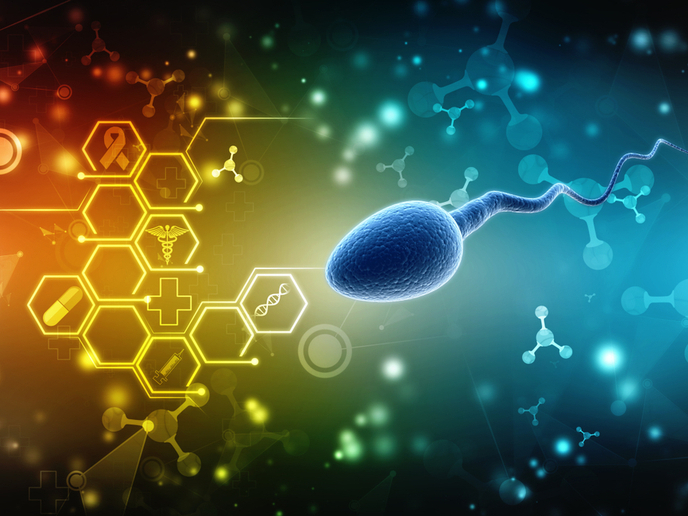Ribosome biogenesis in anaemia
DBA is an erythroid cell condition that has the propensity to progress to a wide range of cancers, particularly acute myeloid leukaemia and osteosarcomas. Accumulating evidence indicates that the underlying cause of DBA is ribosome biogenesis through heterozygous mutations in ribosomal protein (RP) genes. Depletion of RPs of either the 40S or 60S ribosome subunit leads to the induction of p53 and causes cell cycle arrest, which is dependent on RPL11 upregulation. The scope of the EU-funded DBA-CHECKPOINTS (The role of the RPL11/p53 checkpoint in the development and treatment of DBA) project was to develop a mouse model of DBA and identify the components implicated in RPL11 upregulation. Researchers identified the mRNA binding protein LARP1 as a major regulator of the stability of RPL11 mRNA. LARP1 mediated its effect by binding to a 5'-terminal oligonucleotide sequence present at the transcriptional start site of all rp genes. Interestingly, LARP1 mapped within the chromosomal region deleted in 5q- syndrome that presents with a similar phenotype and cancer propensity to DBA. LARP-1 depletion was also associated with enhanced p53 stabilisation. Scientists also discovered that RPL11 is part of a pre-ribosomal complex that normally gets incorporated into the 60S ribosomes. This checkpoint mechanism was activated in conditions of hyperactive ribosome biogenesis such as in the case of c-myc tumours. Furthermore, researchers observed that loss of the binding site for the impaired ribosome biogenesis checkpoint, unlike loss of p53, did not rescue the anaemia. Further evidence indicated that DNA damage could be implicated, and suggested that the use of ChK2 inhibitors could be beneficial for DBA and potentially 5q- syndrome patients. Overall, the DBA-CHECKPOINTS study demonstrated for the first time a role for DNA damage in the ribosome biogenesis defect observed in DBA. This could further explain why such patients have a propensity for cancer later in life and open new avenues for therapeutic intervention.







